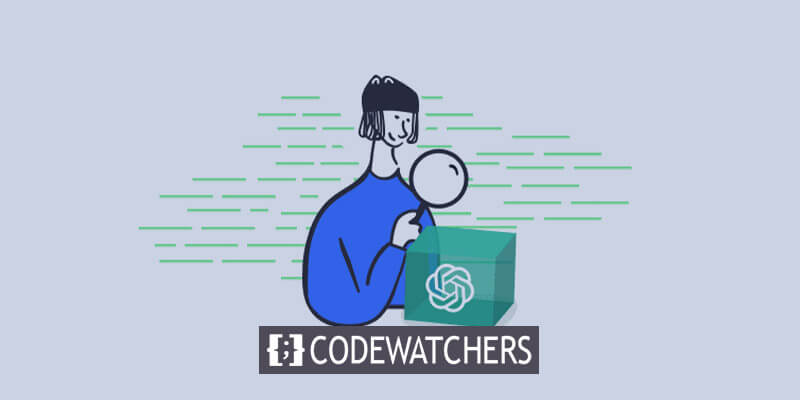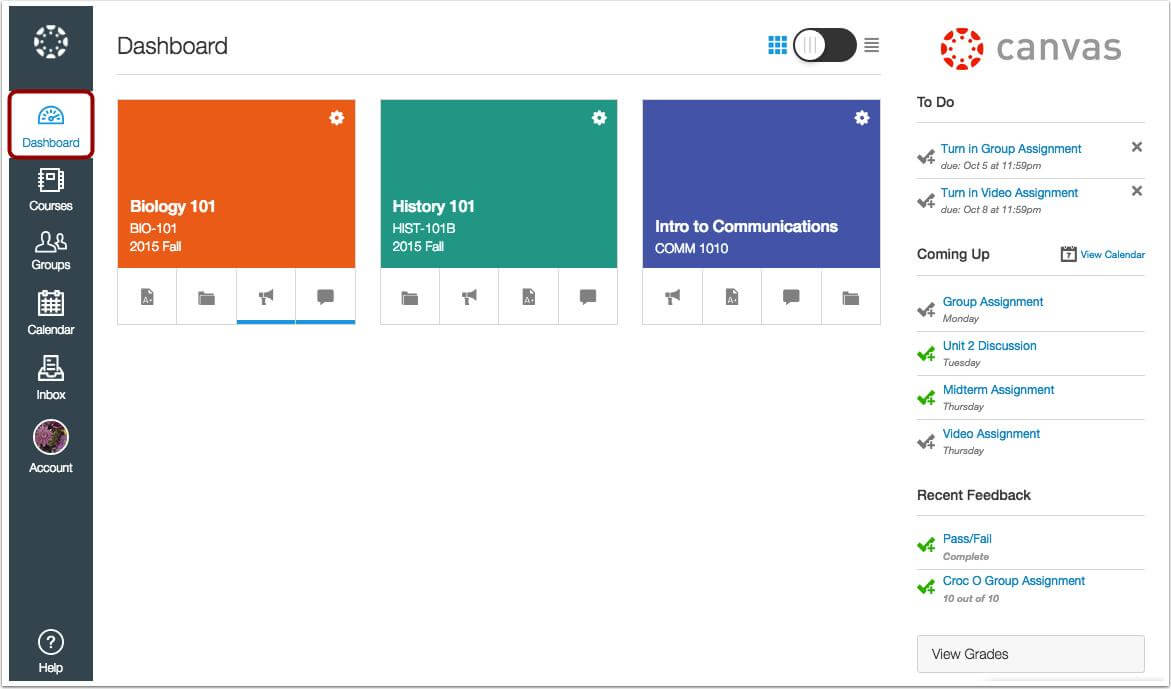The advent of AI chatbots like ChatGPT that can generate human-like text poses new cheating threats in online assessments. With its coherent writing capabilities, ChatGPT can craft credible test responses that are difficult to identify as AI-generated. This challenges platforms like Canvas in detect such AI cheating.

This article examines Canvas's current AI detection capabilities, whether it can fully spot ChatGPT content, or not. We will also discuss methods like machine learning, behavioral analysis, response patterns, and third-party integrations that could aid Canvas in reinforcing defenses against artificial intelligence.
As AI advances, Canvas needs robust bot detection techniques to uphold academic integrity.
Can ChatGPT be detected by Canvas?
The short answer is NO. As of now, Canvas cannot reliably recognize ChatGPT activity. While Canvas offers some cheating detection features, specifically identifying ChatGPT-generated text remains an ongoing challenge. Let’s explore this further.
Create Amazing Websites
With the best free page builder Elementor
Start Now
Canvans's Current Detection Capabilities
Canvas employs several methods to monitor student behavior and detect potential academic misconduct. Let’s explore these capabilities:

Complete activity logging
During graded quizzes and tests, Canvas meticulously captures detailed analytics on each student’s behavior. This includes mouse movements, scrolling, and keystrokes.
The resulting activity logs provide instructors with forensic-level information to review after the fact.
However, manual scrutiny is necessary to identify suspicious behaviors, such as rapid tab toggling or copying blocks of text.
Statistical Similarity Checks
Canvas allows instructors to run similarity checks on student responses.
The system analyzes vocabulary, phrasing, and content overlap statistically.
While this can flag groups of students referencing a common source (like an AI assistant), it may also yield false positives.
Timing Analysis
ChatGPT generates responses almost instantly. Students relying on it tend to answer questions faster than usual.
Canvas tracks the time spent on each test question, allowing instructors to scan for improbable speed spikes.
However, time patterns alone provide weak evidence, as students might genuinely know the answers or guess correctly.
Emerging Techniques To Expose ChatGPT Usage
Let’s delve into the emerging techniques to expose ChatGPT usage, particularly in the context of online assessments and security.

AI vs. AI
Researchers are developing machine learning models specifically to flag AI-written text. These models analyze patterns, response time, grammar, and content depth to distinguish between human-generated and AI-generated content.
Behavioral analysis plays a crucial role. By monitoring response behavior, anomalies can be detected. For instance, ChatGPT generates responses almost instantly, so unusually rapid answers may indicate AI involvement.
Algorithmic Detection of AI
Algorithms scrutinize writing style, vocabulary, and syntactic structures to identify AI-generated responses.
Signature analysis is a promising approach. Detecting unique patterns associated with AI agents can help expose their usage.
Text-Based Bot Identification
Researchers explore ways to differentiate between human and AI-generated text.
Language model identification involves analyzing linguistic features to reveal the use of specific language models, like ChatGPT.
Multi-Factor Analysis
Combining various factors improves detection accuracy.
Factors include response patterns, writing style, timing, and consistency across answers.
Chatbot Anonymity and Privacy Concerns
ChatGPT’s anonymity complicates detection efforts.
Investigating the digital footprints left by AI agents during interactions can aid in identification.
NLP Evasion Techniques
Researchers study how AI models like ChatGPT evade detection.
Continuous advancement in detection methods is essential to stay ahead of evolving evasion tactics.
Monitoring and User-Level Visibility
Organizations need tools to monitor ChatGPT usage.
Surfacing usage data down to individual users helps track AI interactions within an organization.
How Could Canvas Boost Its AI Detection Game?

Let’s explore strategies that Canvas could employ to enhance its AI detection capabilities and stay ahead in the game:
API Integrations with Third-Party AI Detectors
Canvas could collaborate with external AI detection services. By integrating with established tools, Canvas can leverage their expertise and expand its detection capabilities.
These third-party detectors specialize in identifying patterns associated with AI-generated content, including responses from models like ChatGPT.
Custom Machine Learning Models
Canvas could build its own machine-learning models specifically trained on AI-generated samples.
These models would learn to recognize unique linguistic features, writing styles, and other markers indicative of AI involvement.
Regular retraining and updates would be essential to adapting to evolving AI techniques.
Multi-Factor Analysis
Combining various factors can improve detection accuracy.
Canvas could analyze not only the content but also the timing of responses, consistency across answers, and behavioral patterns during assessments.
For instance, rapid and consistent answers might raise suspicion.
Behavioral Monitoring and Proctoring
Canvas should invest in robust proctoring tools that monitor test-taker behavior.
Anomalies such as unusually fast responses or repetitive patterns can be flagged.
Behavioral analysis, coupled with writing style patterns, can help identify AI involvement.
Digital Footprints of AI Agents
Canvas could investigate digital traces left by AI agents during interactions.
These footprints may include response patterns, session metadata, or other behavioral cues.
By analyzing these footprints, Canvas can improve its detection algorithms.
Collaboration with NLP Experts
Canvas could partner with natural language processing (NLP) experts.
These experts can provide insights into the latest evasion techniques used by AI models.
Together, Canvas and NLP researchers can develop countermeasures to stay ahead of the curve.
User Education and Awareness
Canvas should educate users (both instructors and students) about the challenges of detecting AI-generated content.
Awareness can lead to more vigilant monitoring and reporting of suspicious behavior.
Closing Thoughts
Canvas faces the challenge of detecting AI-generated content like ChatGPT. By embracing proactive measures, collaborating with experts, and continuously advancing detection methods, Canvas can bolster its defenses. Let’s ensure academic integrity while navigating the cat-and-mouse game of detection evasion .





